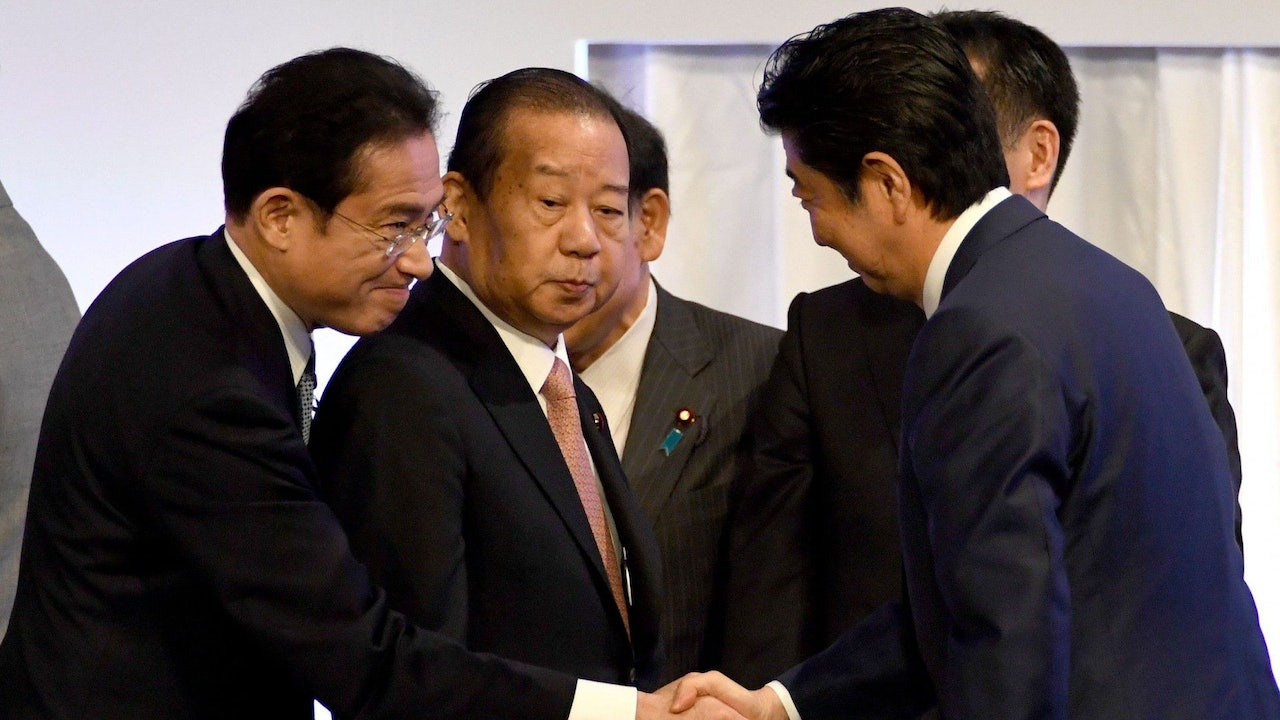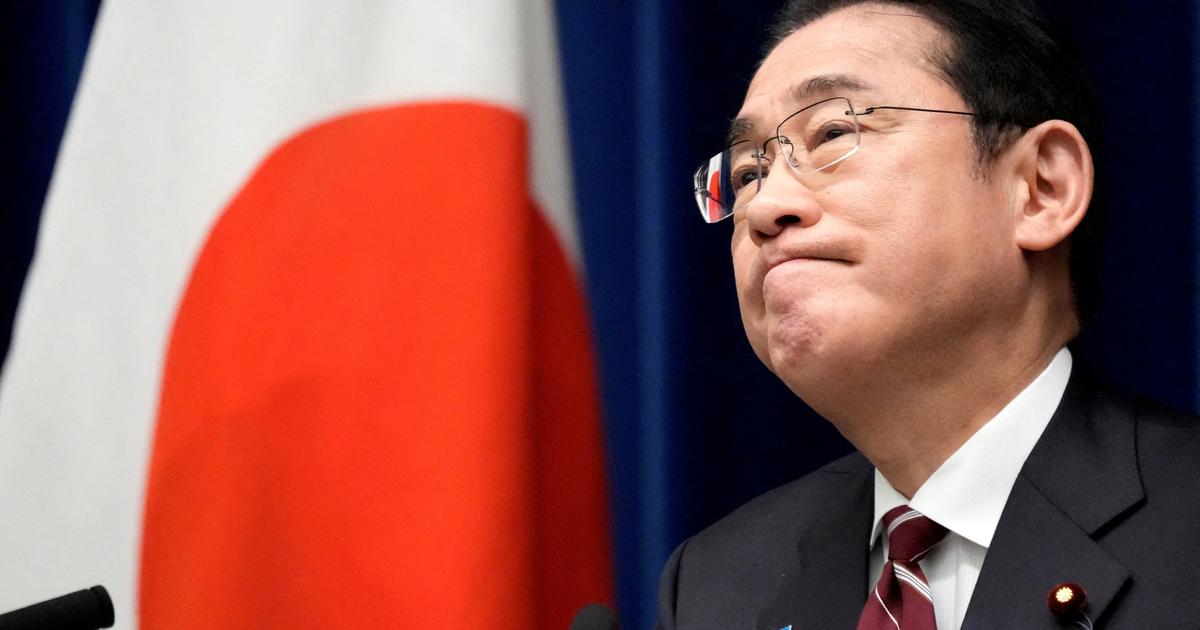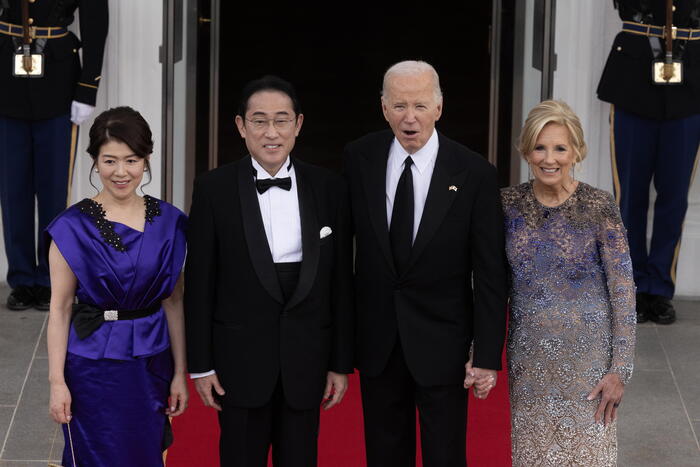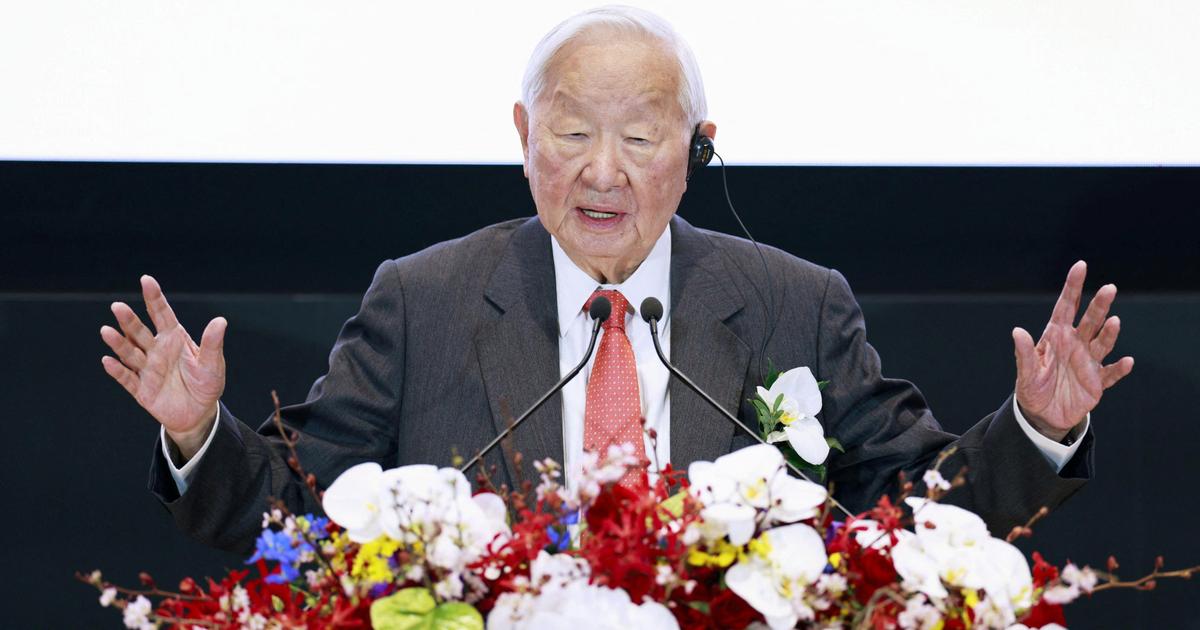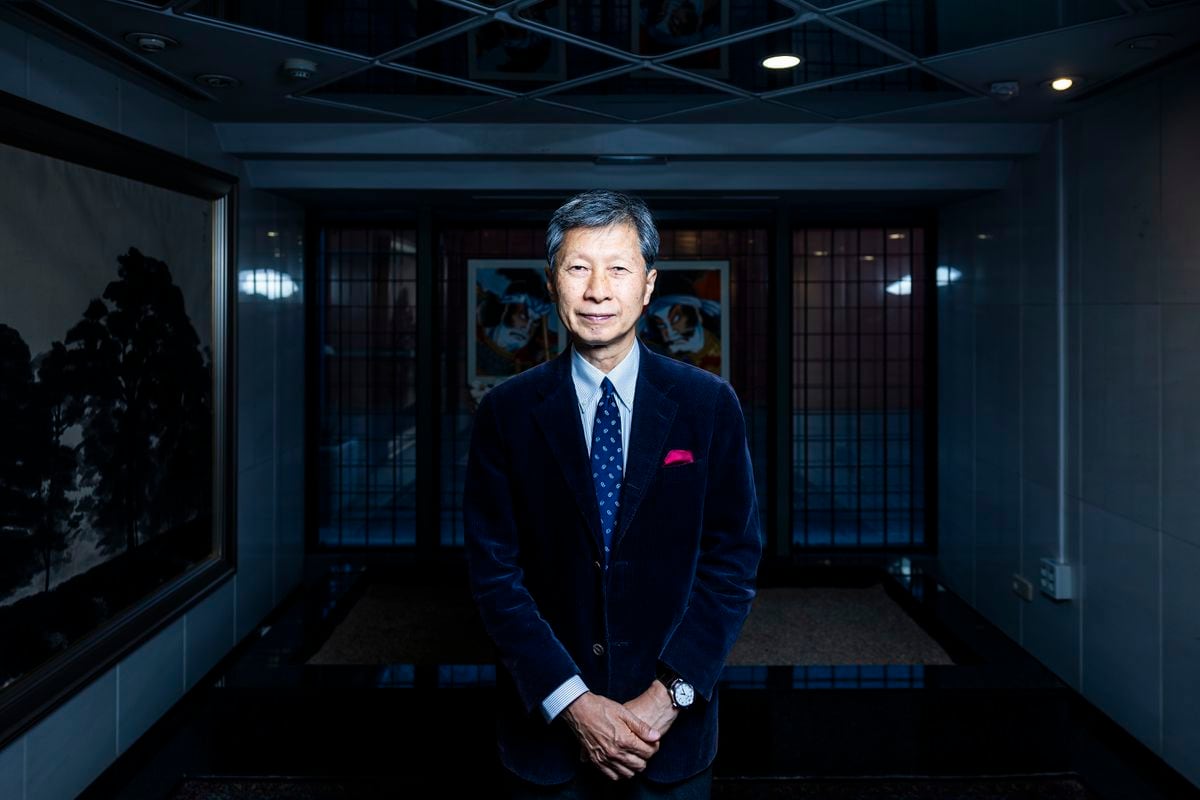In recent years, the Taiwan issue has gradually become a fuse for Sino-Japanese relations, and the idea of "the United States and Japan jointly defending Taiwan" has caused public opinion storms from time to time.
On August 31, Taro Aso, vice-president of Japan's Liberal Democratic Party, said: "If Taiwan starts to exchange fire, it is difficult to say that Yonaguni Island in Okinawa Prefecture and Yoron Island in Kagoshima Prefecture are not areas of battle, and there is a high possibility of war in these areas. , including at least the East China Sea, the South China Sea, and the Taiwan Strait, you will definitely smell the smoke and gunpowder.” Then Aso took the Russian-Ukrainian war as an example, “The United Nations is completely ineffective, this is the reality of international politics. We must seriously think about how to respond. If the people of a country do not have the determination to save their own country, no one will come to save them, we must know this.”
And this is not the first time that Aso has made a tough statement on the Taiwan Strait issue.
On July 5, 2021, Aso, then Deputy Prime Minister and Minister of Finance, said in a speech that if Beijing uses force against Taiwan, Japan should regard it as a "crisis situation" and exercise the right of collective self-defense in accordance with the legal system related to security.
It added that an “existing crisis situation” refers to a situation where other countries with close ties to Japan are attacked by force, thereby creating a “dangerous state that threatens the survival of the Japanese nation and clearly and fundamentally subverts the lives and rights of its citizens.”
Aso pointed out, "If there is something wrong with Taiwan, Japan and the United States must defend Taiwan together."
Coincidentally, the late former Japanese Prime Minister Shinzo Abe also repeatedly touched on this issue on the Taiwan issue after he left office in 2020. For example, he said in his speech that "If there is something in Taiwan, there is something in Japan, and it is something in the Japan-US alliance", which caused an uproar in public opinion. ; Although the current Prime Minister Fumio Kishida did not make such a clear statement, he also said when Nancy Pelosi (also translated as Pelosi, Pelosi or Polosi) visited Japan on August 5, "In order to maintain peace and stability in the Taiwan Strait, the United States will work closely together.”
With the rise of the topic of "Japan and the United States jointly defending Taiwan", the Taiwan issue has gradually become a force for Japan to cultivate its relations with the United States and contain its interaction with China.
The reason is that the international background of the increasingly intensifying game between China and the United States is the key; but from a historical perspective, the issue of the "US-Japan security system" left over from the resumption of diplomatic relations between China and Japan in 1972 has also provided a strategic gap for Japan's interference in the Taiwan Strait.
Pelosi's visit to Japan: U.S. House Speaker Nancy Pelosi (front row, third from left) and her congressional delegation with Japanese Prime Minister Fumio Kishida (front row, third from right) before a breakfast meeting at the Prime Minister's Residence in Tokyo, Japan, on August 5, 2022 Group photo.
(AP)
Why does the US-Japan security system hide Taiwan-related space?
Looking back at the background of the negotiations on the resumption of diplomatic relations between China and Japan in 1972, before the two sides reached a consensus, Japan had three points of exertion on the Taiwan issue.
The first is the San Francisco Peace Treaty of 1951.
Out of the anti-communist needs of the Cold War, the U.S. policy toward Japan changed rapidly after 1947, from weakening Japan and preventing the resurrection of militarism to fostering and rearmament. The San Francisco Peace Treaty was a product of this background.
Article 2 of the treaty states that Japan "renounces" all rights to Taiwan and the Penghu Islands.
This statement is considered to be a "fuzzification" of the relevant provisions of the Cairo Declaration of December 1943 and the Potsdam Proclamation of July 1945, and has become the basis for some US, Japan and Taiwan public opinion to claim that "the status of Taiwan is not finalized" in the future. .
Therefore, the Chinese government has repeatedly stated, "Because the People's Republic of China did not participate in the preparation, formulation and signing, the San Francisco Peace Treaty is illegal, invalid, and absolutely not recognized."
The second is the 1952 Japan-Taiwan Peace Treaty.
After the "San Francisco Peace Treaty" in 1951, Shigeru Yoshida's cabinet signed the "Republic of China and Japan Peace Treaty" (referred to as the "Japan-Taiwan Peace Treaty") with Taiwan on April 28, 1952, recognizing the "San Francisco Peace Treaty". The contents of the Taiwan-related clauses in the CCP include "waiving all rights, titles and claims to Taiwan and the Penghu Islands and the Nansha Islands and the Paracel Islands", but did not mention the ownership of the above-mentioned territories.
MacArthur shakes hands with then Japanese Prime Minister Shigeru Yoshida.
(AP)
Third, there is the implied interference mechanism in Taiwan under the US-Japan-Taiwan protection system.
On February 9, 1951, the United States and Japan initially signed the "U.S.-Japan Collective Self-Defense Agreement" as the prototype of the security treaty, which stipulated that the scope of the U.S. military's operations included Japan and the Korean Peninsula. included.
On July 30 of the same year, the United States submitted the "Draft Security Treaty" to Japan and added the "Far East Clause", saying that this clause aims to clarify how to mobilize US troops in Japan "when an incident similar to North Korea occurs outside Japan."
Although the Taiwan Strait is not clearly stated between the lines, it clearly means something.
In September 1951, the United States and Japan signed the "Security Treaty", and the "Far East Clause" became the first article; in January 1960, the United States and Japan signed the "New Security Treaty", and the "Far East Clause" was retained and became the sixth article. .
On February 26, 1960, Kishi's administration issued a "unified view" on the "Far East", stating that "this region is roughly the area north of the Philippines, Japan and its surrounding areas, as well as areas under the control of Korea and the Republic of China. included".
This statement indirectly implies that Taiwan is the applicable object of the "U.S.-Japan Security Treaty", and has been used in subsequent documents. For example, in the new "Japan-U.S. Defense Cooperation Guidelines" in 1997, the name of "Far East" was changed to "Japan". Peripheral", his explanation followed Kishi's "unified view" in 1960, including Taiwan.
In addition, the United States has repeatedly put pressure on Japan in order to avoid the Taiwan-related space of the security mechanism being affected by the warming of China and Japan.
On November 21, 1969, the United States and Japan issued the Nixon-Sato Communiqué, in which the United States announced that it would "return" Ryukyu in 1972, and also put forward the "Taiwan Clause" in the communique, stating that "maintaining peace and security in the Taiwan region is a An important factor in Japan's security"; during the negotiations on the resumption of diplomatic relations between China and Japan in 1972, Henry Kissinger, the National Security Assistant to the US President (also translated as Ji Xinji), visited Japan in August of the same year and asked Japanese Prime Minister Kakuei Tanaka to resume diplomatic relations between China and Japan. It cannot affect the "defense of Taiwan" by the U.S. military stationed in Japan.
Because of this, Japan has repeatedly confirmed to China during the Beijing talks that it hopes that the normalization of Sino-Japanese diplomatic relations will not affect the security system of the United States and Japan.
Former U.S. Secretary of State Henry Kissinger attends an event in Berlin, Germany in 2020.
(Getty)
Japan attempts to bypass Sino-Japanese joint statement
The aforementioned three points of force can actually be broken down into pieces, which are collectively referred to as the Taiwan-related issues of the US-Japan security system.
Because whether it is the "San Francisco Peace Treaty" in 1951 or the "Japan-Taiwan Peace Treaty" in 1952, its essence is the prelude to the US-Japan security system.
Therefore, when China and Japan negotiated the resumption of diplomatic relations in 1972, it was not so much that Beijing negotiated various principles with the Japanese side.
As early as before, Beijing had proposed the "Three Principles of Resumption of Diplomacy" to Japan, including the recognition of the People's Republic of China as the sole legal government representing China, the recognition of Taiwan as a sacred and inalienable part of the People's Republic of China, and the abolition of the Japan-Taiwan Peace Treaty. It can be said that everything is related to the Taiwan issue, and the Japanese side is well aware of this.
On September 25, 1972, Japanese Prime Minister Kakuei Tanaka visited China. Among the four talks he held with Chinese Premier Zhou En within four days, there were as many as three discussions on the Taiwan issue.
Among them, China and Japan have reached consensus on the two issues of "one China" and "Taiwan is an inalienable part of China's territory."
In the Sino-Japanese Joint Declaration signed on September 29, 1972, Japan expressly recognized that "the government of the People's Republic of China is the only legal government of China", which is an indirect reference to "the government of the Republic of China is one of the legal governments of China". In the face of the Chinese government's reaffirmation that "Taiwan is an inalienable part of the territory of the People's Republic of China", the Japanese side also "fully understands and respects this position of the Chinese government", and stated that it adheres to the position of Article 8 of the Potsdam Proclamation , that is, to abide by and implement the content of the Cairo Declaration.
On the issue of the abolition of the "Japan-Taiwan Peace Treaty", as Japanese Foreign Minister Masahiro Ohira said that since the peace treaty has been approved by the Japanese Diet, if he agrees with China's view on "abolishing the "Japan-Taiwan Peace Treaty" in the joint statement, he may This would cause an internal political storm, so China did not insist on mentioning the abolition of the treaty in the joint statement, but agreed to have Masahiro Ohira make a statement after signing it, declaring that the "Japan-Taiwan Peace Treaty" "lost its meaning of existence and came to an end."
In 1972, the then Japanese Prime Minister Kakuei Tanaka (the man in black) visited China and was received by Chinese leader Mao Zedong.
(file picture)
In short, through the "China-Japan Joint Statement" in 1972 and the foreign minister's speech, the Japanese side recognized "one China" while denying the "undetermined status of Taiwan" and abolishing the "Japan-Taiwan Peace Treaty".
Such a result can be described as a major victory for Beijing in the face of the US-Japan security system.
However, at a time when Sino-US relations are heating up and Sino-Soviet relations are declining, in the face of Taiwan-related issues in the US-Japan security system and the "Taiwan Clause" in the Nixon-Sato Communiqué, China is maintaining the relationship between the US and Japan. Under consideration, it is impossible to insist that the Japanese side should make a statement in the statement. Its position is as stated by Zhou Enlai in July 1972 when he held talks with Yoshikatsu Takeuari, chairman of the Japanese Komeito Party. .
Since then, Sino-Japanese relations have moved forward steadily, and the Japanese side has also abide by the boundaries of its solemn commitment made in 1972.
However, after the end of the Cold War, the "US-Soviet confrontation" was gradually replaced by the "China-US game". Under the influence of this international change, Japan also began to imitate the dangerous game of the "Taiwan card" of the United States: the United States repeatedly cut sausages in the Taiwan Strait, while declaring itself It does not support Taiwan independence, and its stance on the "one China policy" has not changed; Japan has begun to shape political topics such as "there is something wrong with Taiwan" and the United States and Japan jointly defend Taiwan, and took the opportunity to increase the defense budget, but maintained its position on Taiwan in the joint statement. position of the issue.
In fact, it is precisely because Japan cannot challenge the Sino-Japanese Joint Statement head-on that it will make a big fuss about the U.S.-Japan security system that was not mentioned in the statement and that was not touched on in subsequent Sino-Japanese political documents, to exaggerate the joint military involvement of the United States and Japan The possibility of Taiwan Strait.
Of course, the "defense of Taiwan" is false. Taking this opportunity to contain China, seek vote benefits, win the favor of the United States, seek to break through the exclusive defense principle, and even hollow out the pacifist constitution, may be the real purpose.
On August 31, the Ministry of Defense of Japan released a budget application for fiscal year 2023. In addition to the defense budget of 5.5 trillion yen, there is also a "temporarily approved amount and name" of about 1 trillion yen. More than 6.5 trillion yen.
Looking back, the defense budget for fiscal year 2022 was 5.4 trillion yen, a 10-year high, and now the 6.5 trillion yen budget for fiscal year 2023, once passed, will make Japan's defense budget even higher.
The hidden dangers of the US-Japan security system are continuing to ferment with the Taiwan Strait as a stage and military expansion as a means in today's increasingly heated competition between China and the United States.
【U.S.-Japan Security System Q&A】
Why does the US-Japan security system hide Taiwan-related clauses?
On February 26, 1960, Kishi's administration issued a "unified view" on the "Far East", stating that "this region is roughly the area north of the Philippines, Japan and its surrounding areas, as well as areas under the control of Korea and the Republic of China. included".
This statement indirectly implies that Taiwan is the applicable object of the "U.S.-Japan Security Treaty", and has been used in subsequent documents. For example, in the new "Japan-U.S. Defense Cooperation Guidelines" in 1997, the name of "Far East" was changed to "Japan". Peripheral", his explanation followed Kishi's "unified view" in 1960, including Taiwan.
Why has Japan frequently resorted to its security system in recent years to exaggerate its imminent interference in the Taiwan Strait?
The Sino-US international has become the international theme, but Japan has not dared to challenge the Sino-Japanese joint statement head-on.
Fumio Kishida reshuffles the cabinet. The right-wing forces do not decrease, but instead increase, Japan strengthens its military and worships the Yasukuni Shrine.

